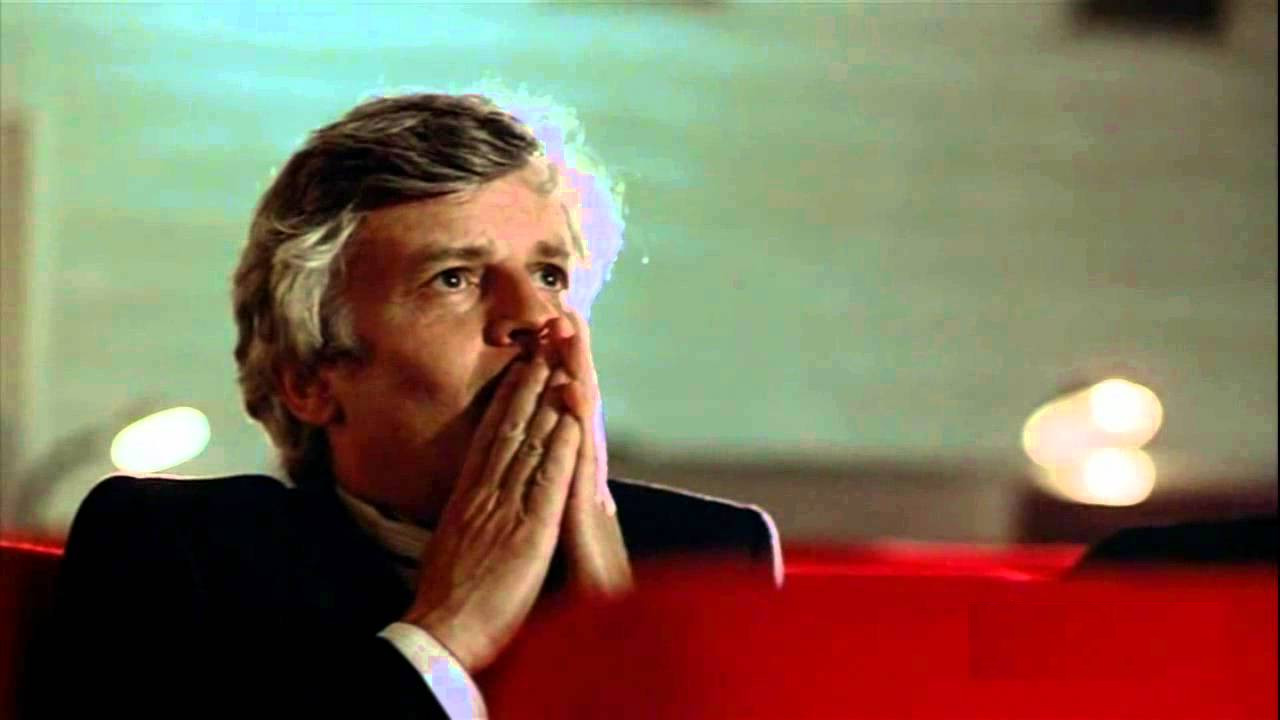
Over the last few years, people have had to shutter away from one another, and find their entertainment at home on small screens. In the process, it made us realize just how much of a privilege it is to sit in a large dark room with strangers, put under the spell of the moving image. It truly is a communal, sacred experience that makes the laughs funnier and the scares more frightening. Everyone in the audience gets on the same wavelength and resonates together, even if they never share a word.
With the reopening of theaters and people starting to feel comfortable returning to them, it’s time to celebrate the magic of the movie theater, a place that for over a hundred years now has brought out every human emotion in us. Not all of them take place entirely inside a theater, but their stories do revolve around the old picture house.
1. Goodbye, Dragon Inn (2003)
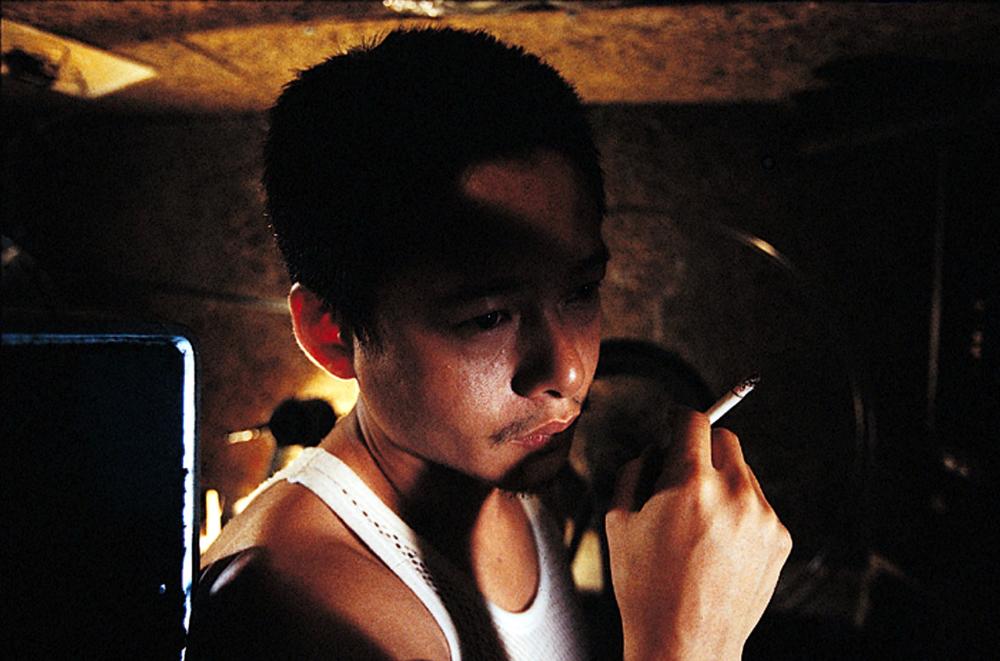
The purest iteration of this sub-genre,Tsai Ming-liang’s 2003 masterpiece takes place entirely inside the Fu-Ho theater for its final screening of the classic wuxia film Dragon Inn before shutting its doors for good. If you’ve seen any of Ming-lian’s other films, you’ll know that this is not a film heavy on plot or action. He takes his time drawing you into his hypnotic worlds. It’s a quiet, mesmerizing, heartbreaking and even funny ode to the ghosts of the cinema.
Operating in real-time, the film follows the small number of patrons who come out of the rain for the screening as well as the few workers still employed at the theater. Among them, the Ticket Woman and her unrequited love for the Projectionist. There’s little-to-no dialogue, Ming-lian letting small moments and actions speak volumes. One of the most moving moments in all of cinema occurs when The Ticket Woman, who suffers from a club foot, gazes at the screen as the female heroine of Dragon Inn fights with balletic grace. The film is full of these unassuming but deeply impactful moments and any lover of cinema will have trouble not getting a lump in their throat by the end.
2. Matinee (1993)
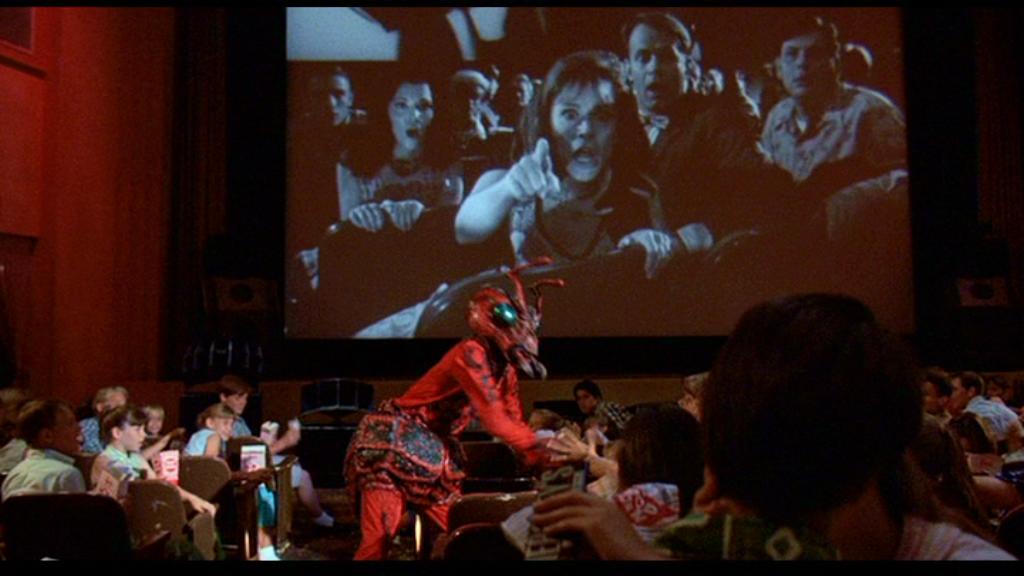
Matinee isn’t just Joe Dante’s ode to the magic of cinema, but specifically to horror director William Castle’s schlocky gimmicks that he used to put on for his audience, such as installing electric shocks in the theater seats. John Goodman plays Lawrence Woolsey, a stand-in for Castle who comes to a small theater in Florida on the eve of the Cuban Missile Crisis to present his new film: Mant! (Half Man. Half Ant.) He recruits young army brat and horror fan Gene Loomis to help scare his audience. Unfortunately the gimmicks go wrong and the audience soon finds itself in real danger.
Matinee is that rare kids film that isn’t scary, but is about the idea of what it means to be scary. Gene loves being scared by Woolsey’s films but finds himself racked with fear and anxiety upon hearing that his Navy father might be shipped out to Cuban, and about the overall threat of nuclear holocaust. Goodman is excellent as the sage horror mentor, explaining how fictional fear has been with society since the cavemen and this catharsis is what allows mankind to endure through the real world horrors.
3. Cinema Paradiso (1988)

Winner of the 1989 Best Foreign Language Film Oscar, Giuseppe Tornatore’s nostalgia-soaked coming of age film is certainly the most crowd-pleasing on the list. The film opens with a successful Italian filmmaker Salvatore Di Vita receiving news that his old mentor from his childhood has passed away. Cutting to flashback, we see Salvatore as a young boy, obsessed with the local cinema of his small town. Alfredo, the projectionist, takes Salvatore under his wing and teaches him how to run the projector with the warning that Salvatore is meant for better things.
Paradiso uses film history to tell the macro and micro. When the film begins, Mussolini’s censors cut out all kissing scenes. In postwar we see the first time the town gets to actually see an onscreen kiss. Film goes from black and white to color, becomes more daring and sexual and so too does Salvatore, getting older, falling in love and facing heartbreak. Meanwhile Alfredo constantly reminds him to never look back and to follow his destiny away from the small town and it’s interesting characters. Any lover of cinema will be hard pressed to remain dry-eyed by the film’s final montage set to a gorgeous Ennio Morricone score.
4. Targets (1968)
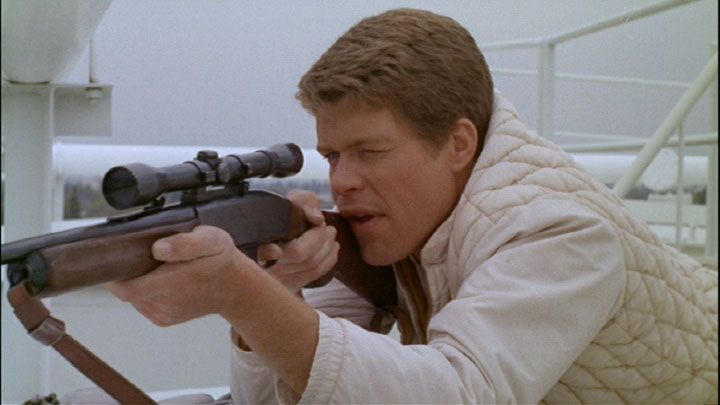
The first of the “drive-in” films on this list is Peter Bogdonovich’s fascinating exploration of real-life monsters vs those on the big screen. The film follows a dual narrative. The first concerns fictional horror movie icon Byron Orlock, played by real-life horror icon Boris Karloff, grappling with the fact that the monsters portrayed now seem irrelevant in comparison to the modern form of evil. What does the second storyline follow: The Modern Evil. A young psychopath, Bobby Thompson, who for seemingly no reason kills his entire family before going on a random killing spree across Los Angeles.
The two storylines converge at a drive-in theater where Orlock is scheduled to make an appearance. Bobby shows up, hiding behind the screen and knocking off audience members in their car. The film feels particularly prophetic in the wake of the Aurora, Colorado movie theater shooting and at times even hard to watch. Following Aurora, Bogdonovich himself questioned the ethics of showing it. While this is admirable, Targets contains vital messages about humanity, art and evil and is perhaps more relevant now than upon its initial release.
5. Sherlock Jr. (1924)
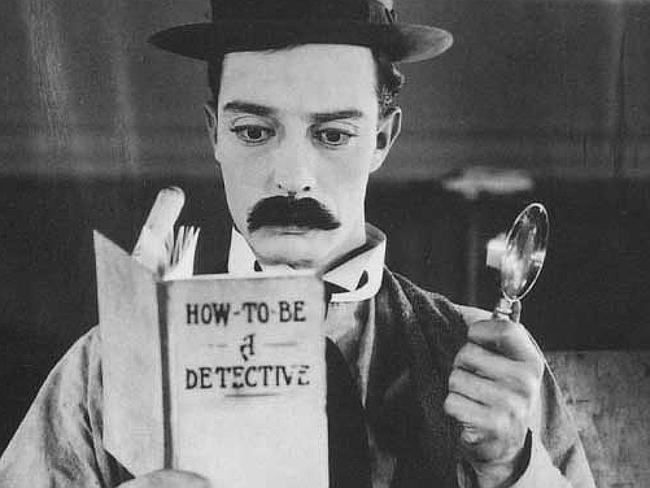
The opening chyron of Sherlock Jr. reads, “Don’t try to do two things at once and expect to do justice to both.” This is a bit ironic considering Buster Keaton was doing triple duty as director, star and producer on the film. Keaton plays a movie theater attendant who’s also studying to be a detective. When his girlfriend’s father’s watch is stolen, Keaton volunteers to use his detective skills to track it down only to end up being framed for the theft himself. Soon after he falls asleep in the projection booth and dreams himself into the movie, casting himself as a brilliant and dashing detective.
Keaton was a trailblazing filmmaker and Sherlock Jr. is one of the earliest films to draw the comparison between cinema and dreams. In a scene that remains impressive, Keaton leaps from the audience into the film before being thrown back out by the nemesis of the picture. Before David Lynch explored the blurred lines of the subconscious, Keaton laid the groundwork and with his trademark stuntwork, Sherlock Jr. remains a dazzling physical as well as conceptional feat of cinema.